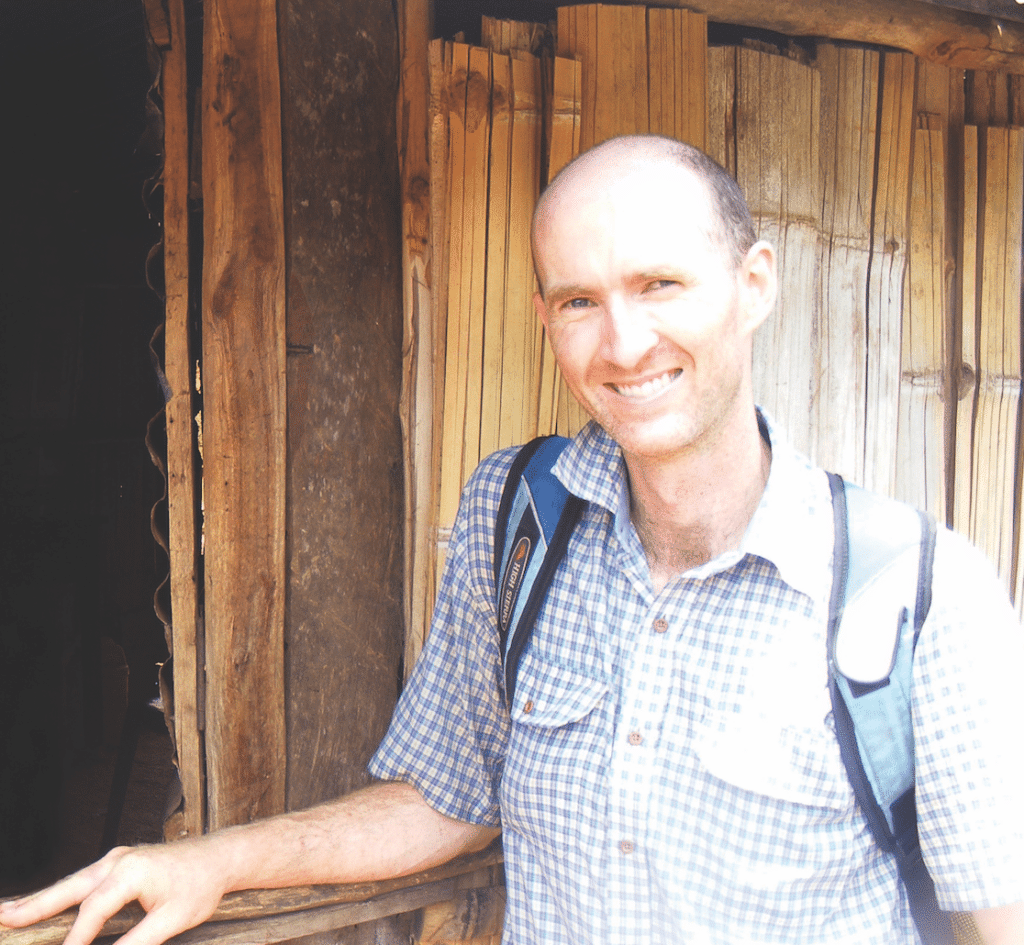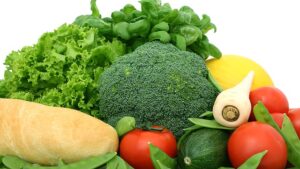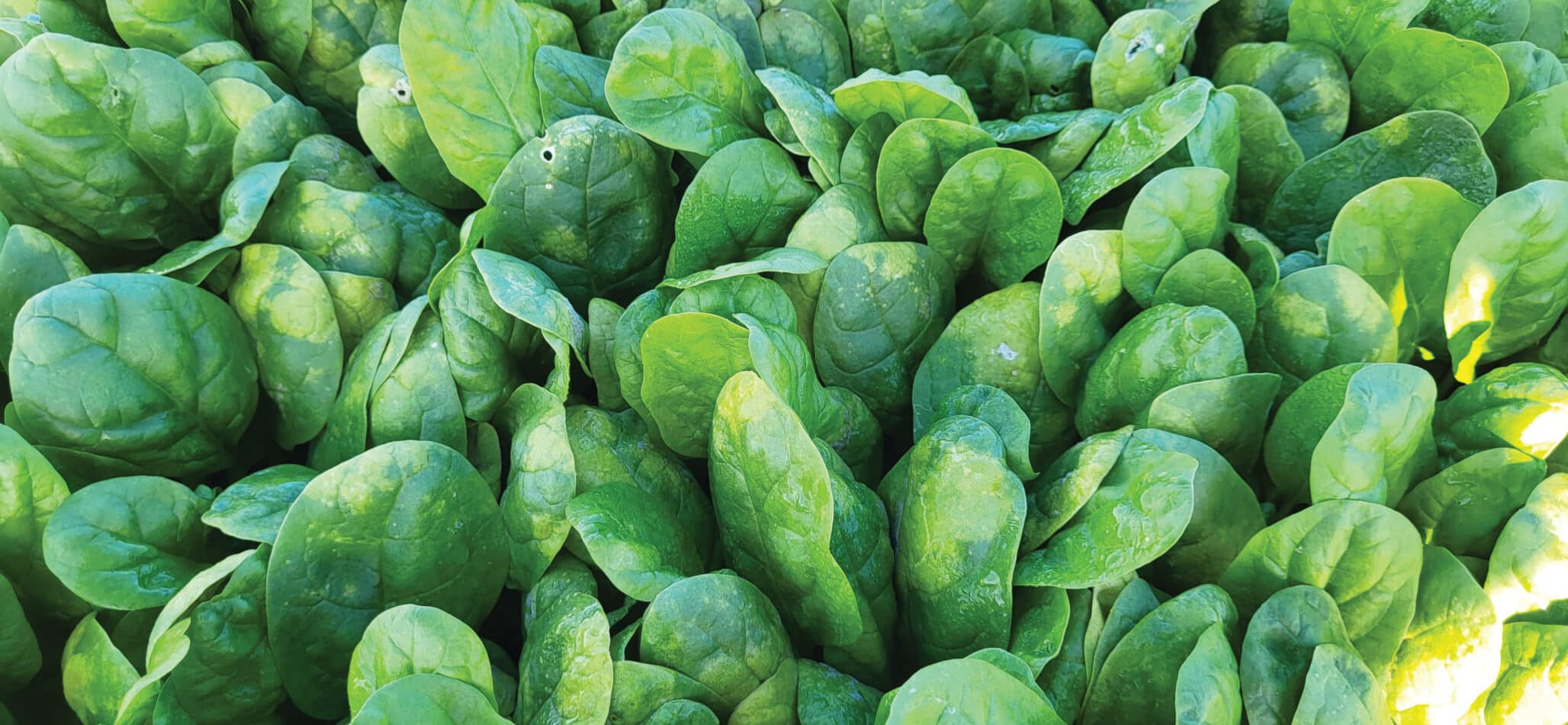Did you know that more than 70% of the world’s calories are produced from four crop species? Our food system hinges on corn, wheat, rice and soybean.
A biological system that relies on a limited number of species as a food source is at risk of a failure due to extreme events such as an outbreak of crop disease or droughts caused by climate change. We know of over 6,000 species of plants that can be consumed as a food source. These plants have many characteristics that make them desirable for breeding. They can:
- Readily adapt to changing climate conditions.
- Diversify the nutritional composition in the diets of the world’s poor.
- Improve soil fertility.
- Combat disease through crop rotation.
- Improve farm sustainability.
Known as underutilized crops, these plants have witnessed minimal breeding and research, but they are extremely important to smallholder farmers. Some of these plants have gained popularity in developed countries with food trends and diets, such as quinoa and amaranthus. However, many of these edible plants are unknown to consumers in developed countries, but with work, could rise to be the quinoa of the underutilized crop world. How does this process take place and how do we as consumers make it happen?
The first important step is preserving the germplasm of underutilized crops. With the onset of climate change and human encroachment, the centers of origin of many species are under increased pressure. As an example, I collected a forage grass seed (Dactylis glomerata) in Israel. The seeds were only present from the plants growing amongst thorn bushes. Since then, the seeds have become increasingly important as varieties developed from this region can survive with as little as 200 mm of annual rainfall through summer dormancy. This type of material helps farmers adapt to climate change.

“A biological system that relies on a limited number of species as a food is at risk of failure.
Next, an analysis of the diversity present in the material is needed. If the traits that we are interested in are not found in a single line, then we need to start crossing lines. Crossing creates diversity, but there are many questions to be answered before the crossing can be done. Is the species self- or cross-pollinated? Is the species wind- or insect-pollinated? Are there any characteristics of the plant that suggest it could have anti-nutritional compounds that need to be removed through breeding?
For example, sorghum breeding programs seeking to enhance disease resistance or perennial features back cross with wild relatives. Often more sustainable, perennial crops require less cultivation and being more water use efficient. However, the holy grail of perennial crops is to obtain similar grain yields to their annual cousins. Although this is a hard task to achieve, these crops may be more economic when looked at per hectare due to contributing factors, such as allowing animals to graze them before or after grain is harvested.
Some underutilized crops are only used by a small part of the population in a country in a subsistence farming situation: for example, the bambara groundnut in Indonesia. Experimentation and adding value to a product can lead to greater awareness in the village. Making bambara groundnut into flour allowed farmers to make cakes from their harvest, which attracted younger generations. As popularity of a crop grows, further research can lead to the identification of beneficial nutrients in a food that enable it to contribute significantly to local diets and well-being.
Through the work of plant breeders, the next generation of plants can help to improve our health and cope with climate change, but the journey will be long.












